Strange Kpop PT6: Ending Fairy
The Kpop scene is like a pressure cooker for strange new concepts. The expression Ending Fairy might conjure up images of some unusually ill willed magical creature tap dancing at the end of the world and while there certainly are quite a few men who would be considered effeminate within Kpop, this expression has nothing to do with gender nor feminine behaviour. Ending fairy is both more simple and, at the same time, more complex than that.
What is an ending fairy?
While the “ending” part of “Ending fairy” is easier to explain, the “Fairy” bit is a bit more convoluted. A “fairy” in Korean vernacular being a person who is eye-catching or stands out among a group of people. With the south Korean unambiguous and open obsession with good looks, this will often translate into someone standing out because of their striking beauty or charm. And in Kpop the “ending” in Ending Fairy refers to the end of a performance. So very simply the Ending Fairy is the most eye-catching idol being part of a group and being the focus of camerawork for the end of a recorded performance.
The fairy part is used in other contexts too and with the same meaning, an idol standing out in some context. So Una in Brave Girls or Heejin of Loona could, according to this meaning, correctly be referred to as “Skateboard Fairies” when being filmed skateboarding. Or someone doing an awesome dancing performance while looking particularly charming could be the “dancing fairy” etc.
Fairy Origins
The tradition of the cameraman focusing on one performer in an idol group at the end of the performance is longer than the specific term “Ending Fairy”. Most attribute Produce 101, airing in 2016, as the start of the term becoming popular with the public. The show would consistently close out performances with close-ups of the performers – the engagement of the audience and fans of this highly successful idol elimination show made some of these ending shots extremely popular with some even going viral after a specific episode had aired.
One such was the ending pose of Chaeyeon, a member from girl group DIA who later also won a place in IOI through Product 101. Chaeyeon having performed the classic “Into the New World” by Girls Generation with her team, a song notorious for being the performing standard for girl groups, but also despite it’s age having an exhausting choreography, went viral with her part of the end of the performance. After this the expression “Ending Fairy” was ingrained in the world of Kpop.
The chance of an Ending Fairy going viral means that basically all kpop group performances now have an ending fairy. And the shows recording the performances, with typical South Korean dilligence and attention to detail, spend a lot of time deciding on the ending fairy, work that coincides with the often meticulous effort put in by director and camera crew learning the performance and it’s choreography during the week leading up to a particular performance. You can read about some of the preparation leading up and specifically going into the ending fairy selection and production from one of the leading Kpop music shows, Music Bank, by it’s director Han Kyuong Cheon here on Koreaboo.
The importance of the fairy and what the fairy does…
After a gruelling Kpop performance, complete with pyrotechnics, fan chants, light sticks and impossible choreographies, the performance invariably ends with the group in end dance formation and the camera focused on the Ending Fairy. The members chosen for this duty is supposed to give the fans a memorable ending representative for the performance, while at the same time advertising the charms of the group and the music promoted.
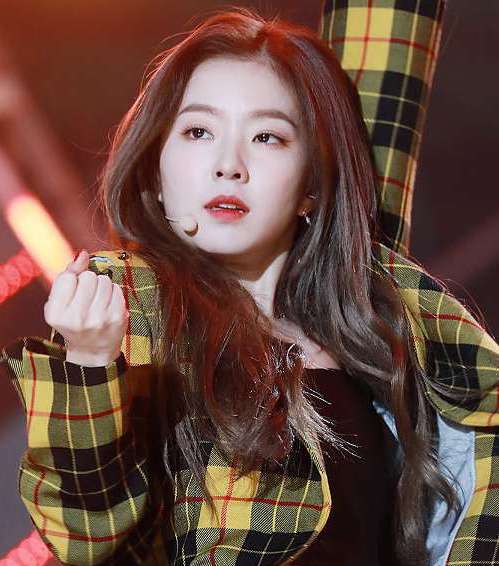
Irene of Red Velvet, a Classic Ending Fairy
All of this means that a groups “visual” or a particularly popular member is a common choice. Naturally the fairy has to tick off quite a few boxes. On top of the already mentioned some of the other requirements are to look attractive and charming despite executing a most likely taxing dance routine – there is no break between the choreography ending and that shot where the endings fairys’ VO2 max and prospensity for perspiration is displayed. A classic Ending Fairy just freezes the pose, smiles and most likely tries not to keel over from exhaustion.
Flirty Fairies, Sign Fairies & Note Fairies: Fairy Evolutions
Of course there has been evolutions to the classic ending fairy, both predictable and more whimsical depending on the personality of the fairy and other circumstances.
A wink or lip bitten being some of the more traditional variations, with more creative variations like incorporating notes, props or sign language. Some examples of sign language using Kpop Idols (far removed from gang sign flashing american tribes) is super popular maknae of BTS, Jungkook ending his performances of Boy with Luv with the sign “Love” and Astros Rocky signing “Thank you, I love you” to fans.
Jungkook of BTS using sign language
Ending fairies using notes to communicate during the final shot of the performance is said to have been started by Key, Shinee member, with the initial note officially announcing Key going on strike in protest of ending fairy duty and later developing into a running commentary of internal messages from the group to the fans. Notes, including other members, pantomimes and other antics all make for an infinite variety of ending fairy stuff for fans to engage with.
Loona – awesome performance of Butterfly – Intro Fairies
With Ending Fairies firmly established in the Kpop psyche things can now be pried apart, repurposed and innovated. For example you can argue that there are several cases of intro fairies – a typical example is the performance that got me hooked on Loona, the “Butterfly” performance on M Countdown – because if you have the staggering number of 12 members in a newly debuted group, why not showcase each and everyone in a closeup at the start of the performance? This is Ending Fairy doing a temporal pincer movement Chris Nolan style!
Ending Fairies is another one of those seemingly arcane terms that just like “Aegyo” and expressions like “Lets walk the Flower Road” seems bewildering at first. If you want to explore the ins and outs of Kpop, read the Strange Kpop series for instant successful living!
Read all of Strange K-pop
Strange K-pop is all about the weird and wonderful of K-pop. Always with amazement, never without love.
Read it all for instant gratification.

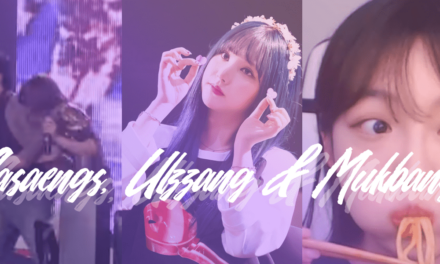


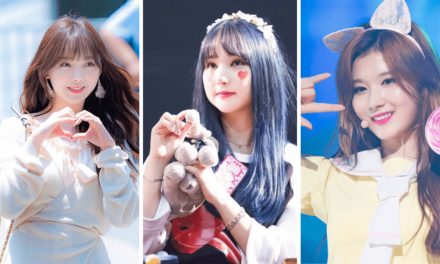
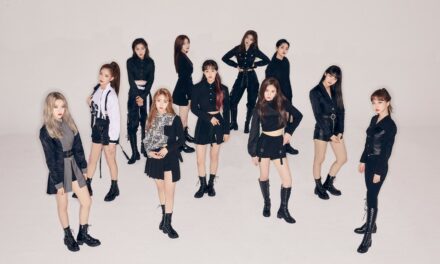
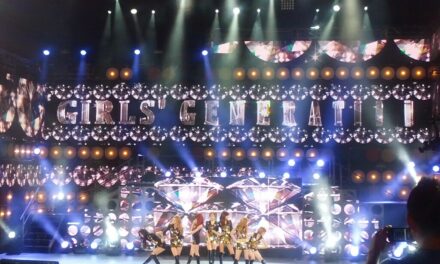


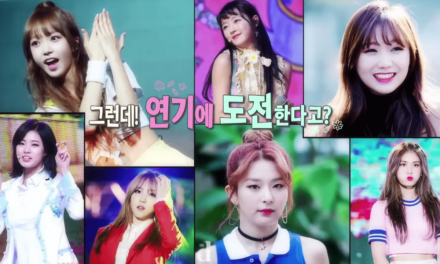
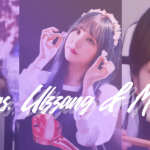
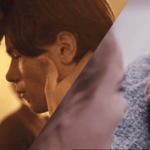



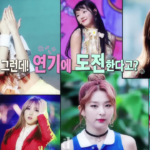

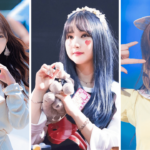
0 Comments